Alice Hong is a growth and transformation facilitator that guides others to listen deeply, love fully, and live wholeheartedly. This travel junkie has her home base in Calgary, Alberta but she holds Yoga Teacher Trainings, Retreats and Women's gatherings all around the world like in Iceland and Bali. Her ambition sweeps her away toward inspiring projects such as her recent endeavor to help women live more heart centered lives. Despite the travelling and jam packed schedule, Alice walks with a steady air of centered-ness. How? Because she lives by the philosophy of Tantra which is the philosophy that everything weaves together. A graceful dance of balance and harmony. In this episode, we talk about the philosophy of Tantra, it's core concepts Shiva and Shakti (masculine/feminine energies) and how to deepen our Yoga practice beyond the poses.
Key Nuggets:
- Alice's take on what yoga is: Yoga isn’t necessarily the physical practice. It’s about learning to be as emotions arise. It's a is a state of being in the present moment, of being attuned to what’s happening in that moment right now. When we allow the chatter to fall away, that’s where the magic happens because then all there is presence and presence is love. So all there is, is love.
- The philosophy of Tantra.
- Tantra means“to loom, or to weave” . It is the philosophy of everything weaving together. There is no one way. We can live through the lens and perspective of others. Shiva and Shaktiare at the core of this philosophy.
- Shiva: Masculine energy. Everything is present, the stillness
- Shakti: Feminine energy. The dance, the movement, the feeling; activating your senses
- So Tantra is to have awareness (shiva) as we dance (shakti). Aka. The centered-ness as the world turns.
- About being in your body and celebrating it. Sees the body as a beautiful gift that allows us to experience the nectar of life.
- Tantra means“to loom, or to weave” . It is the philosophy of everything weaving together. There is no one way. We can live through the lens and perspective of others. Shiva and Shaktiare at the core of this philosophy.
- Our bodies communicate with us and we communicate back to our bodies.
- To learn the language of the body, you need to learn as if you’re learning a new language: First listen and understand the nuances of the body. Only then can you begin to respond.
- Incorporate breath, sound and movement to become attuned to the body.
- We are also communicating to our body. Depending on what’s going on in our minds, we are also communicating that to our body. (ex. If you keep thinking I’m too weak to do this, the body will respond accordingly).
- A yoga practice: The practice itself is life. It's about becoming present to the moment. There are many tools to help with this:
- Asanas – the poses help us work into our physical bodies and shaking off things that no longer serve
- Meditation – teaching focus and concentration, letting go and keep coming back to present moment
- Pranayama – control our breath, our life force. Allowing us to let to and to let in
- Mantra – using vibrations for resonance
- If you are searching to deepen your practice, remember that there is no one path. When you don’t know where to direct your search, try a few different things to see what tool works for you. Different teachers, a new workshop…
One of Your Biggest Lessons So Far:
Don’t be so hard on yourself. The only person that you need to live with is yourself. For the rest of your life. What do you want your inner world to look and feel like? You’re the only one who has the power to create the space of inner self.
Links:
If you have any questions for Alice or want to learn more, connect with her through:
Website: alicehong.com
Instagram: @alicehong108
Facebook: Alice Hong


